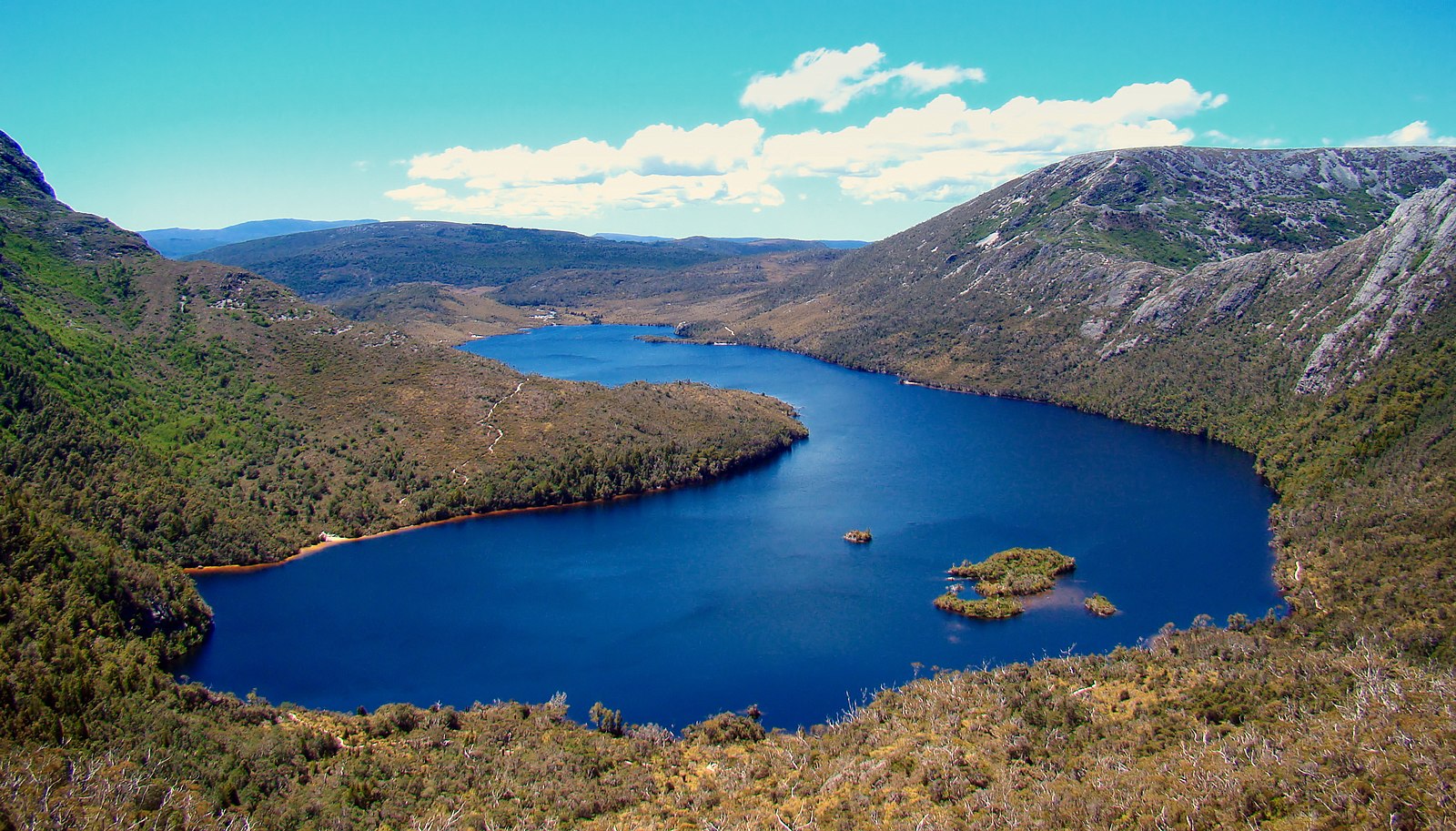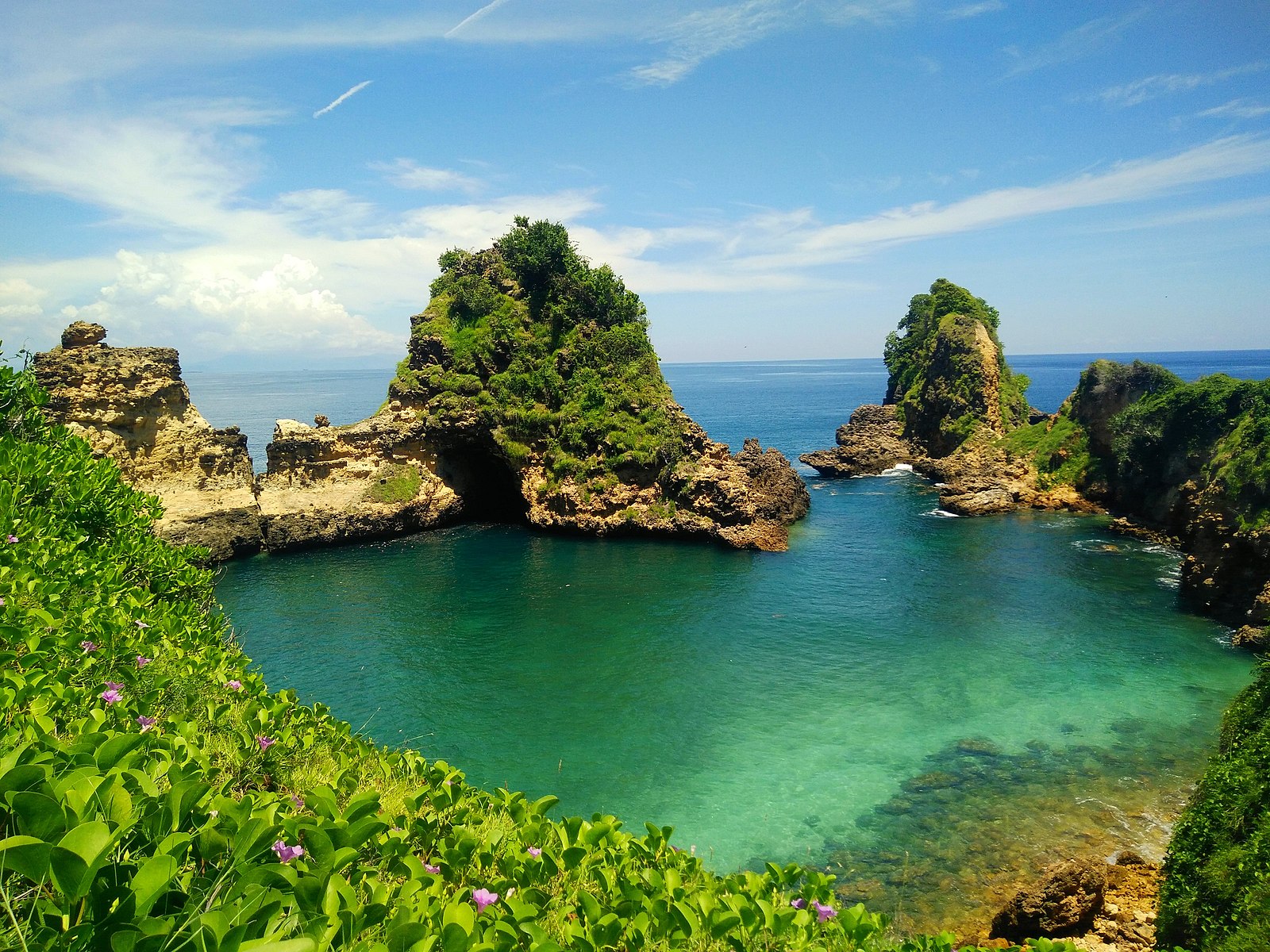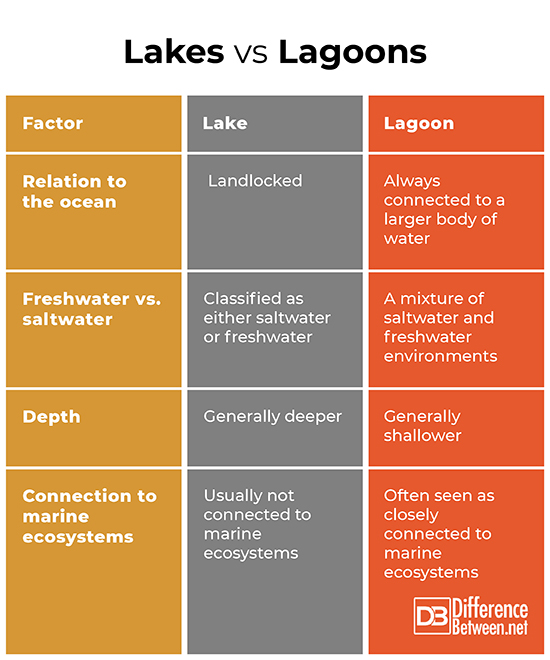Difference Between Lake and Lagoon

What is a Lake?
A lake is a body of water which is usually landlocked and exists where the rate at which water is being emptied into a depression is greater than the rate at which water is being expunged. Lakes vary considerably in size and can be either freshwater or saltwater. Lakes can be classified based on their age and mode of formation
What is the type of lake?
Lakes can form as a result of glaciation, volcanism, tectonics, and even landslides. Lakes can also be created by the activity of humans and other animals. The following are some of the most common lake types.
Glacier lakes
Glacier lakes are formed as glaciers move across the landscape and create features that can become filled with water. Examples of glacier lakes include the now extinct Lake Agassiz in North America, which existed between about 11,700 years ago and as late as 7500 years ago. Lake Agassiz covered a region which, at different points in its evolution, covered parts of the American states of North Dakota and Minnesota and the Canadian provinces of Manitoba, Ontario, and Saskatchewan, though not all at once. Another example is the Great Lakes region between southeastern Canada and the northeastern United States.
Volcanic lakes
Lakes can also form from the collapse of volcanic structures. Some lakes will form when an empty magma chamber collapses, leaving a crater-like depression called a caldera. Calderas can become filled water over time due to precipitation, resulting in a landlocked body of water. Volcanic crater lakes are common in volcanically active areas, such as the northwestern Pacific coast of the United States. Volcanic lakes can also form in collapsed lava tubes where the roof of the lava channel has given way, creating a depression that can be filled with water.
Tectonic lake basins
Lake basins can also form from grabens created by faulting. These tectonic basins can become filled with water, creating lakes.
Lakes created by landslides
Some lakes will form when a landslide in a river valley impedes the flow of the river, creating a natural dam. Depending on the dynamics of the river, this dam may be washed away in geologically short periods of time, or it may become permanent.
Culturally created lakes
Lakes can also be created by humans constructing artificial dams to create reservoirs, or to provide hydroelectric power. Many small lakes have also been created by beaver dams.
Lake evolution
Lakes have a lifespan and will change in an evolutionary sequence which is defined by factors that include but are not limited to the levels of oxygen, vascular plant growth, and plankton growth. Lakes with high levels of dissolved oxygen and low levels of vascular plant growth and plankton are considered oligotrophic, or young lakes. Lakes with low levels of dissolved oxygen, high levels of vascular plant growth and high levels of plankton growth are considered eutrophic, or aged lakes. Lakes that are somewhere in between oligotrophic and eutrophic are referred to as mesotrophic and are considered “middle-aged” lakes.
Lakes and human society
Lakes are important to humans for recreation as well as water supply. Human activities around lakes can disrupt lake ecosystems. Human and industrial waste can lead to contamination and pollution. For example, sewage and run off from urban and agricultural activities can lead to the introduction of excess nitrates and phosphates into the lake, which can lead to algal blooms. Algal blooms can be harmful both to aquatic organisms living in the lake and human health.

What is a Lagoon?
Lagoons are bodies of water that are connected to a larger body of water. The two main types of lagoons are coastal lagoons and atoll lagoons. Coastal lagoons are adjacent to the ocean or another large body of water and are typically connected to the larger body of water by an inlet. They will usually be shallower than atoll lagoons and separated from the ocean by a barrier, such as a coral reef or sand bank. Atoll lagoons form from submerged, eroded islands where a relatively deep body of water is now surrounded by a ring of coral islands growing up from the original sunken island. Atolls can take up to 300,000 years to form.
Is a lagoon freshwater or saltwater?
Lagoons can be predominantly freshwater, predominantly saltwater, or somewhere in between. Lagoons that are fairly sheltered from the ocean will have more freshwater ecosystems. A lagoon which is more open to the ocean, or another large saltwater body, will be more brackish and have more saltwater ecosystems.
Is a lagoon a pond?
Ponds are landlocked bodies of water that are typically smaller than lakes. Since some lagoons are called lakes as well, it is possible that a lagoon could be considered a pond if it is small enough and sufficiently sheltered from the ocean.
Are lagoons dangerous?
Lagoons can be contaminated by toxins. They can also contain marshy areas where disease-bearing mosquitos might be present.
Which is the largest lagoon in the world?
The largest lagoon in the world is the Kwajalein atoll lagoon in the Marshall Islands which is surrounded by 90 islets has an area of 1,722 square kilometers.
Similarities between lakes and lagoons
Lakes and lagoons are both bodies of water that are at least partially separated from the ocean. They also can be both primarily freshwater and primarily saltwater.
Differences between lakes and lagoons
Although lakes and lagoons are similar, they also have important differences. These include the following.
- Lakes are usually landlocked and entirely separate from the ocean and other large bodies of water, whereas lagoons are always connected to a larger body of water.
- Lakes are usually classified as either freshwater or saltwater lakes, whereas lagoons tend to have more of a mixture of freshwater and saltwater environments.
- Lakes are generally deeper than lagoons.
- Lagoon ecosystems, especially atoll lagoons, are closely connected to marine ecosystems, whereas lake ecosystems are typically entirely separated from marine ecosystems.
Lakes vs. Lagoons

Summary
Lakes are bodies of water located in a depression where the amount of water entering the depression exceeds the amount of water that is expunged. Lakes can form from glaciation, volcanism, tectonic activity, and due to landslides damming up rivers among other modes of formation. Lakes can also form from human, as well as non-human, cultural activity. Lakes evolve from having high amounts of dissolved oxygen and low amounts of vascular plant-life and plankton to having low amounts of dissolved oxygen and high amounts of vascular plant-life and plankton over time. Lagoons are bodies of water that are adjacent to the ocean or another large body of water. There are coastal lagoons and atoll lagoons. Atoll lagoons form in the middle of a ring of coral islands. Lagoons can be primarily saltwater or primarily freshwater. Lagoons are typically not considered ponds, though technically a small enough lagoon could be a pond if it is sufficiently sheltered from the ocean. Lagoons can be dangerous in that they can contain marsh areas where disease or toxins might be present. Lakes and lagoons are similar in that they are both bodies of water that at least are partially separated from the ocean. They also can be either saltwater or freshwater. They are different in that lakes are usually landlocked, classified as either saltwater or freshwater, deeper than lagoons, and lake ecosystems are considered separate from marine ecosystems. Lagoons, on the other hand, are always at least partially connected to a larger body water, are understood as consisting of a mixture of freshwater and saltwater environments and are generally shallower than lakes. Furthermore, lagoonal ecosystems are often closely connected to marine ecosystems.
- Difference Between Environmental Performance Index and Development - November 24, 2023
- Difference Between Environmental Intervention and Development - November 8, 2023
- Difference Between Eco Efficiency and Eco Effectiveness - September 18, 2023
Search DifferenceBetween.net :
1 Comment
Leave a Response
References :
[0]“Basics of Lake Science.” North American Lake Management Society, n.d., https://www.nalms.org/home/basics-of-lake-management/.
[1]Bluemle, John P. “Glacial Lake Agassiz.” North Dakota Geological Survey, https://www.dmr.nd.gov/ndgs/ndnotes/Agassiz/. Accessed 7 Aug. 2021.
[2]Britannica, The Editors of Encyclopaedia. "Kwajalein Atoll". Encyclopedia Britannica, 20 Jul. 2018, https://www.britannica.com/place/Kwajalein-Atoll. Accessed 6 August 2021.
[3]Caryl-Sue. “Lagoon.” National Geographic, https://www.nationalgeographic.org/encyclopedia/lagoon/. Accessed 6 Aug. 2021.
[4]“How They Were Made.” Sea Grant University of Wisconsin, n.d., https://www.seagrant.wisc.edu/resources/the-formation-of-the-great-lakes/how-they-were-made/.
[5]“Pond.” World Landforms, n.d., http://worldlandforms.com/landforms/pond/.
[6]Sawe, Benjamin Elisha. “What Are The Differences Between A Lagoon And A Lake?” WorldAtlas, 8 Aug. 2019, https://www.worldatlas.com/articles/what-are-the-differences-between-a-lagoon-and-a-lake.html. Accessed 7 Aug. 2021.
[7]“What is a Lagoon?” National Ocean Service, 26 Feb. 2021, https://oceanservice.noaa.gov/facts/lagoon.html.
[8]Hicks, Sarah. “Pollution.” Lake Scientist, n.d.,https://www.lakescientist.com/pollution/. Accessed 7 Aug. 2021.
[9]Image credit: https://commons.wikimedia.org/wiki/File:Sari_Goang_beach_lagoon,_Lombok.jpg
[10]Image credit: https://commons.wikimedia.org/wiki/File:Dove-Lake_from_South-2008.jpg

Thanks this is hepful for my study.Good difference.